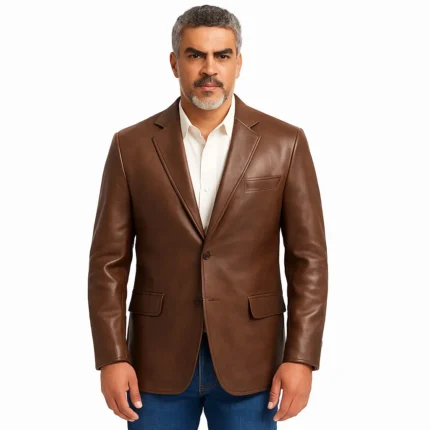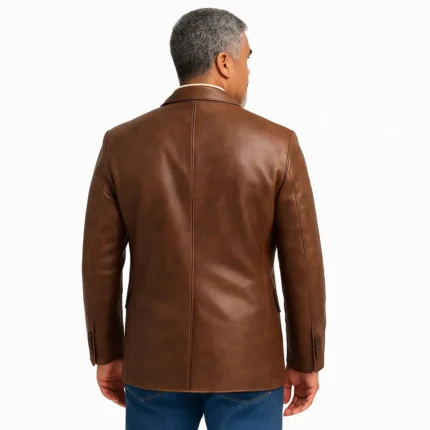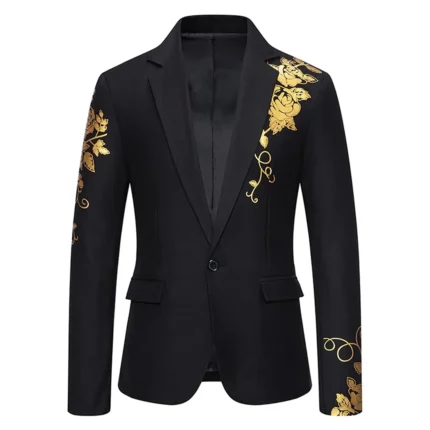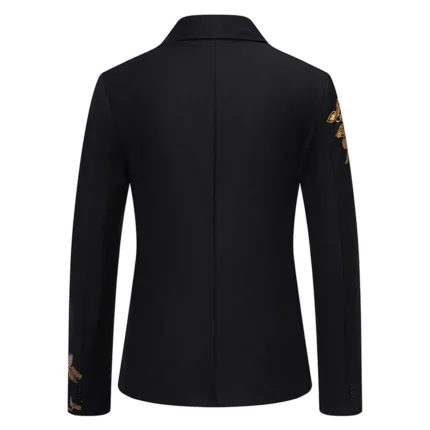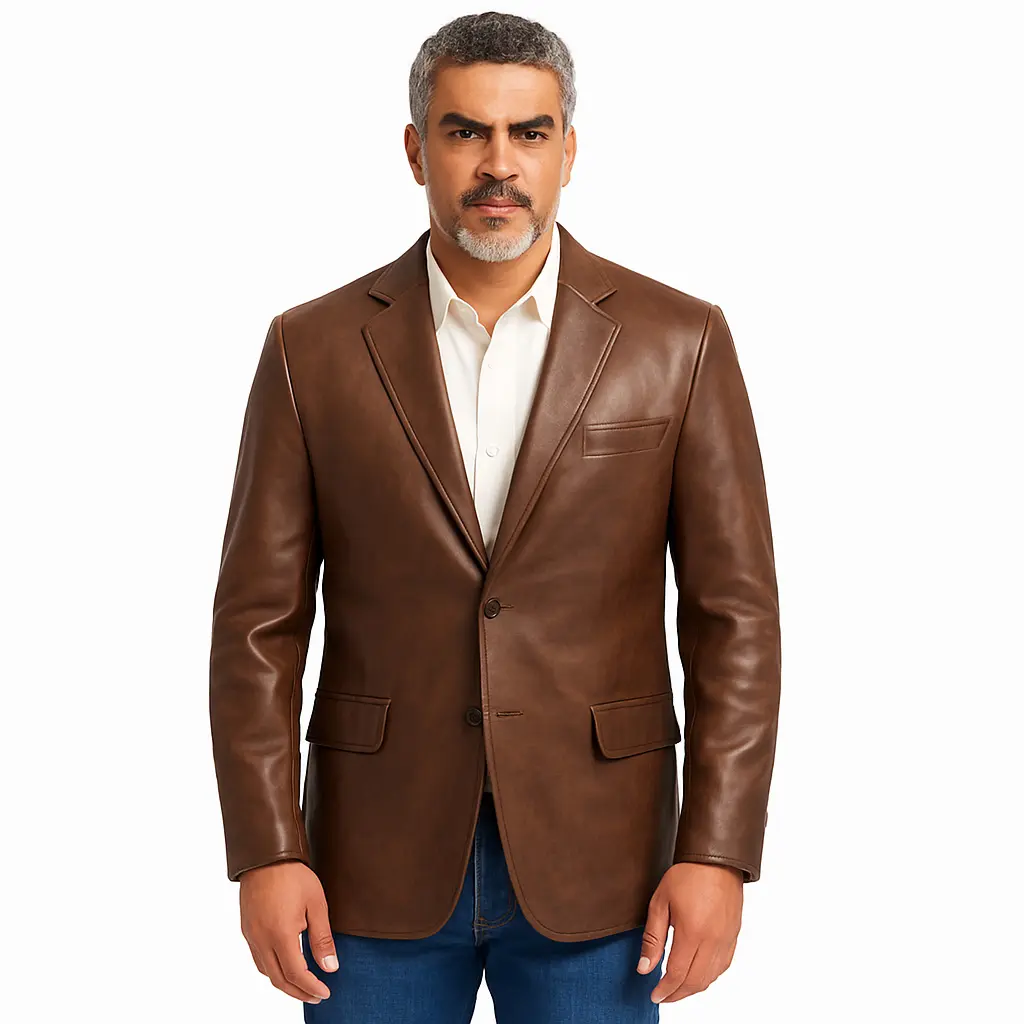
From Tailors’ Blocks to Office & Street — A Short History
The blazer evolved from naval and sporting uniforms into a universal signifier of composure: originally a practical, single-breasted jacket cut for movement, it became shorthand for membership, then a staple of modern menswear. Over decades, the shape softened and diversified — fuller shoulders for formalwear, deconstructed constructions for casual takes, and hybrid blends that borrow from outerwear. That heritage explains why blazers read as both purposeful and adaptable: they carry tailoring DNA but tolerate a broad range of fabrics and finishes, which is why they remain one of the most useful pieces someone can own.
Fit Signals — Unlocking the Perfect Silhouette
Fit is what separates a blazer from a regular jacket. Use these practical checks to make sure the proportions work on your body.
- Shoulders: The seam should land at the natural shoulder edge. If it hangs off or digs in, the proportions are wrong.
- Chest & Buttoning: When buttoned (single button for one-button styles, top button for two-button), the fabric should lie flat without pulling. Small horizontal tension lines mean size up.
- Sleeve length: Aim for a clean cuff show — roughly 1–1.5 cm of shirt cuff visible beyond the blazer sleeve at rest.
- Back & Movement: Raise your arms in a reaching motion. The back should allow movement without the hem riding up more than an inch.
- Length: Blazer hem typically hits just past the waist. Longer sport coats can extend to mid-hip. Choose length by your torso proportions and the look you want (shorter = modern, longer = traditional).
- Lapels & Proportion: Wider lapels suit broader bodies and classic looks, while narrow lapels read more modern. Match the lapel width to your tie width if you plan to wear them together.
Fabric & Structure — A Comparison Table
Selecting the right fabric changes what a blazer does for you. Below is a quick reference to match materials to climate, formality, and care.
| Fabric Type | Formality | Best Use |
|---|
| Wool (Tropical / Super 110–130) | High–Medium | Office, presentations, client meetings |
| Wool-Blend (wool + synthetics) | Medium | Daily office wear, travel-friendly suiting |
| Cotton Twill / Drill | Medium | Smart-casual, weekend tailoring |
| Linen / Linen-Blend | Low–Medium | Summer events, travel, relaxed tailoring |
| Corduroy / Velvet (short pile) | Low–Medium | Casual evenings, seasonal styling |
| Unstructured Knit / Jersey Blazer | Low | Travel, creative workplaces, layering |
| Tweed / Herringbone | Medium–High | Country style, smart-casual, heritage looks |
Smart advice: for frequent travel, a wool-blend with anti-wrinkle finishing gives tailored looks with less care and fuss. For weekend versatility, a cotton blazer behaves smart but breathes and washes more easily.
Versatility Playbook — Five Ways to Wear a Blazer
- Meeting-Ready: Structured wool blazer + crisp shirt + dark chinos. Approachable but authoritative.
- Smart Casual Weekend: Unstructured cotton blazer + white tee + selvedge jeans + clean sneakers. Effortless polish without stiffness.
- Evening Minimal: Velvet or corduroy blazer + black rollneck + slim trousers + leather boots. Texture replaces tie, perfect for dates.
- Airplane to Pitch: Knit blazer over a merino polo + travel trousers. Wrinkle-resistant comfort that still looks considered.
- Layered Office: Wool blazer over a fine-gauge sweater + shirt collar peeking. Warmth without bulk and easy transitions indoors/outdoors.
Styling rule: balance structure—if the blazer is soft, keep the rest tailored; if the blazer is stiff, relax one other element (e.g., swap dress shoes for sneakers) for modern ease.

